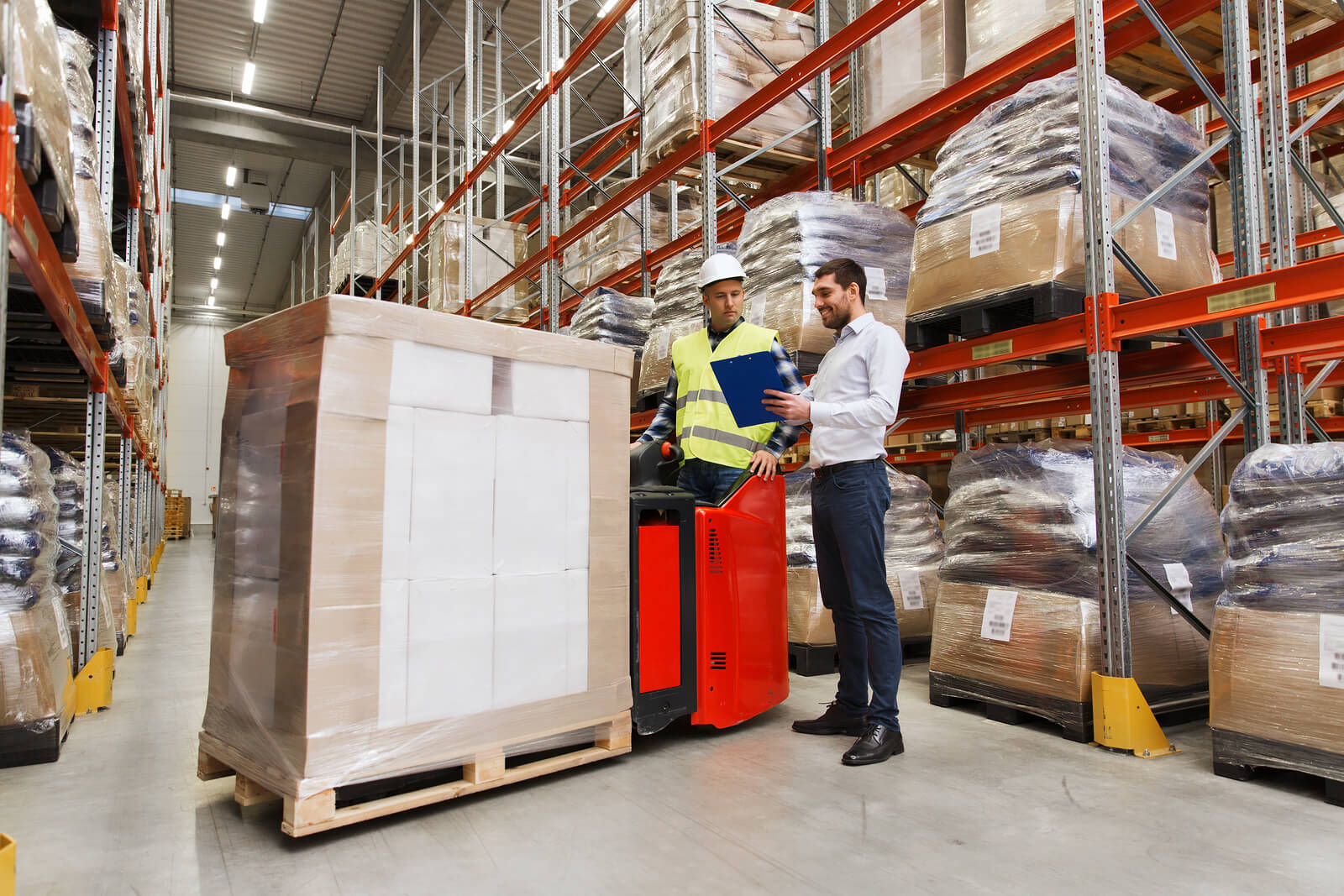E-commerce and the Growing Need for Logistics Industry Jobs
Delivery logistics companies have seen great benefits from a growing e-commerce market. This rising trend has lead to an increased demand for speedy shipping. In turn, this change has created thousands of new logistics industry jobs.
The evolution of logistics industry jobs
Over the years, the evolution of logistics has passed through many stages. It all started back in the 1970s when retail stores renewed their stock by direct delivery of goods from suppliers or wholesalers. In the 1980s, retailers improved the delivery method by centralizing their deliveries through the distribution centers they controlled.
Global sourcing changed in the 1990s, and many retailers started developing import centers to process and receive containerized imports. Finally, e-commerce started expanding in the 2000s. After this it rapidly grew popular among pure-play retailers, and led the way in expanding internet distribution networks.

How strong is the growth of e-commerce?
In developed economies, online retailers including fashion, ICT goods, and electronics have improved significantly as opposed to food retailers. In the past, these sectors were distributing purchased items via a postal, parcel or freight network.
Today, e-commerce logistics have changed the way companies send their products by creating four types of logistics functions:
- Mega centers filled with stocked merchandise where the retailer picks the item level. Typically, these centers are 500,000 sq ft to 1 million sq ft in size. Also, they are always available to the retailer and the logistics service provider.
- Sortation centers; Locations for sorting orders by zip or post code to be delivered to the specific parcel delivery center. Hence, the delivery center sends the order to the customer’s home or designated collection point.
- Parcel delivery centers specialized in handling short distance deliveries.
- Shopping carts with integrated technology connected via API or web xml provide the exact price quote for shipment of larger items. In addition, the transportation management system has the ability to organize and track the shipment to the specified destination. Moreover, it provides an online order status, documentation, invoice and bill of lading. The system sends an auto-reminder for your payments, and online alerts for critical information (via text).
E-commerce logistic systems are featured with 3PL service providers. They offer improved communication, transparency, better customer satisfaction, efficiency, and on-time delivery to all customers.
Are there changes in e-commerce freight shipping?
In the beginnings of e-commerce, customers were being introduced to a new concept. They would be able to order any product to be delivered to their homes. Now, they didn’t have to drive to the store and wait in line just to buy a single product. In the beginnings, delivery was made by shippers who used snail mail and telephones to contact customers first. They would ask the customer if they prefer their products shipped in a few days, or weeks.
Free shipping was the next step up in the e-commerce business. It became the standard process of delivery because the competition was increasing, and companies were searching for ways of satisfying their customers in better ways than ever before. Moreover, there weren’t additional costs, such as sales taxes.
Today, merchants collect their sales taxes. The fuel charges are higher and free shipping is far from a free service to the retailers. Beside Amazon and other retailers don’t have the resources to operate many shipping centers. Instead, they use third-party logistics services to send products to their customers.

Ultimately, with the evolution of many shipping options, customers are in control of the delivery process more than ever. They can choose the delivery of a small or large package with services such as USPS and UPS. Therefore, it is very important to deliver in both a time frame and price point which are suitable for the customer.
Is shipping a great opportunity for online retailers?
According to the World Bank, global shipping is a $2.1 trillion market that is still expanding. Hence, transportation and logistics companies can use this opportunity and invest in the e-commerce business. For example, Amazon, Alibaba and Walmart are focusing on last-mile delivery, but they aren’t avoiding middle-mile and first-mile deliveries.
Amazon has made drastic changes to the shipping process by launching a same-day delivery service to its customers. Amazon’s own carriers handle the service, thus completely eliminating the need for third-party shippers. Also, Amazon has already established shipping routes between China and North America.
Due to cost savings, Walmart wants to expand its transportation and logistics operation. It’s started leasing shipping containers to transport manufactured goods.
Alibaba has made the same changes as Amazon. The service began leasing containers on ships, making it a company that can facilitate first-mile shipping for third-party merchants.
E-commerce trends and competitive edge
The e-commerce business will always evolve and challenge retailers. Hence, it might be tricky to find a balance between the right item price, customer service and delivery time. Therefore, omni-channel commerce is a subject of interest to retailers. Omni-channel commerce is based on stores that will serve as distribution hubs to provide online and in-store experience at the same time.
What do customers get out of it? They can order items online and pick them up at the store. But also, they can order online and the logistics sector of the company will ship the order to their homes directly from the store. Some companies may even have same-day deliveries, which is a top-notch feature.
Nowadays, it is difficult to satisfy customers with a great service and efficient delivery. Tech-centered consumers force traditional retailers to change their methods and improve the shipping services continuously. Therefore, online retailers are continuously gaining new customers as opposed to traditional stores.
So, implementing warehouse management systems (WMS) is essential in order to run an efficient business. WMS is software that offers tracking and management of stock levels and locations. Hence, WMS software is basically handling online orders for customers to track them down and see when they will arrive at their doorsteps.

We, at A&A, are experts at freight forwarding, warehouse and distribution services with more than 25 years of experience. Our delivery and logistics services have established fruitful relationships with lots of customers over the years. As a trustworthy, professional and experienced organization, you can always count on us. Feel free to contact us, and see how we can help your business grow.

